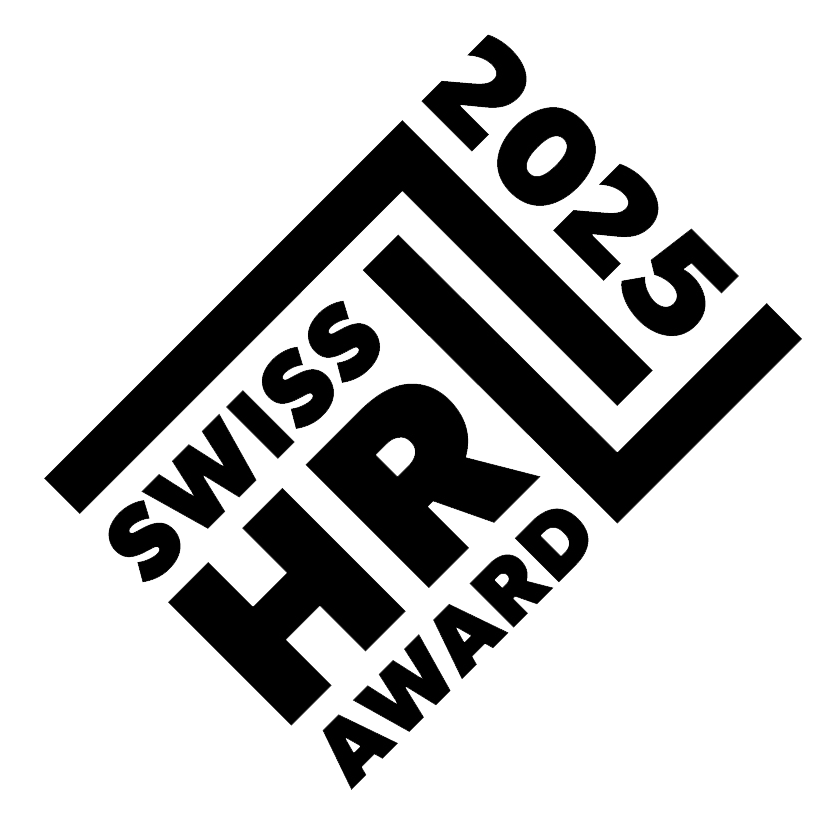Tech
AI
HR
Whitepaper: MBO vs. OKR– Employee management between agility and stability
Are our management and organizational structures set up appropriately to keep pace with digital transformation? More and more companies are asking themselves this question. Doubts about traditional, hierarchical rules, structures, and management systems are becoming more common.
Hierarchical companies can make strategic decisions quickly, but often operational implementation can be incredibly slow and far removed from customer needs due to endless decision-making processes. In addition, companies pay the high price of lower employee satisfaction, restricted engagement, alienation, and limited learning opportunities.
Objective systems in the agile working world
Often, objectives are agreed based on a waterfall principle, meaning that management establishes goals on a top-down basis. Saaman management consulting firm from Freiburg found in a 2010 study that, by the end of the year, only 27 percent of employees and 51 percent of managers even knew what goals were originally agreed upon.
This poses the question of whether these traditional approaches are still sufficient for addressing our complex, dynamic reality. Networked markets demand networked organizations. In an age of digital transformation, global markets and societies are changing due to digital technologies and new business models. Almost all economic, political, and social entities are involved in these changes. Networks cover almost everyone: People, machines, companies, suppliers, institutions, and things, paired through distributed, decentralized, artificial intelligence.
When developing management systems, agile companies are guided by the question of what networked teams and their employees need to be successful. The goal of institutionalization, in contrast, is to empower all actors within a company, not just management.
Moving from a traditional management by objectives concept, more and more companies are implementing OKR (Objectives and Key Results), in order to meet the challenges of a more complex world requiring faster reaction times.
How FLOWIT facilitates target setting with OKR
FLOWIT is a digital tool for agile employee development and feedback. Objectives can be created on different levels, and mapped in a transparent manner at all times. This generates regular contact between employees and company objectives, as well as their own goals. In addition, FLOWIT not only efficiently maps existing HR processes, but also links employee development data and supports employees with human-centered artificial intelligence (AI) proactively, helping move from a waterfall model to agile learning, feedback, and feedforward through partnership. FLOWIT helps make individual employee strengths more transparent, and identify the best way to promote these in order to foster overall development. The goal is not simply looking back on the past, but implementing the tools of a feedforward culture.
Download white paper
Our 15-page white paper “MBO vs. OKR– Employee management between agility and stability” illustrates the MBO and OKR objective systems, outlining their advantages and disadvantages. The white paper is structured as follows:
- Introduction
- What is MBO?
- Objectives
- Formulating objectives
- Advantages and disadvantages of MBO
- Development
- What is OKR?
- Basic principle
- Defining objectives
- Success factors for OKR
- Differences from MBO
- Advantages and disadvantages of OKR
- What new solutions are available?
- Objective transparency
- Feedback and feedforward























.svg)
%20(1).png)


